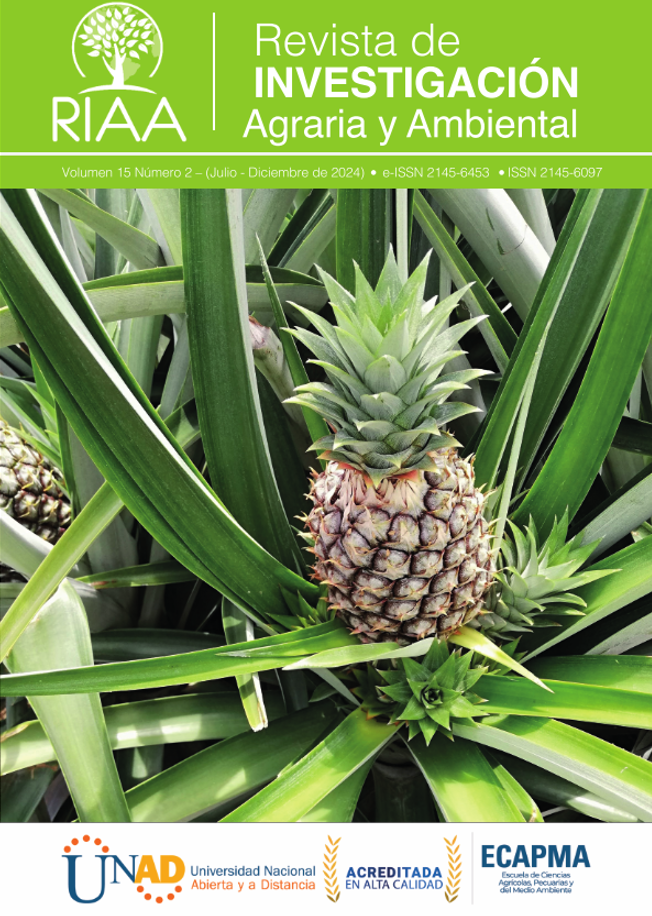Biological inoculants: opportunities and challenges for agricultural sustainability and colombian bioeconomy. A review
Contextualization: The inappropriate use of agrochemicals generates major environmental problems, including greenhouse gas emissions. This has been overlooked for a long time due to the great demand for global agricultural production and currently there are negative effects from the perspective of sustainability, added to the situation of high prices of agro-inputs.
Knowledge gap: Compiling the information on bio-inputs registered as biological inoculums in Colombia, facilitates the search by producers interested in strengthening the competitiveness of Colombian agriculture from a sustainable production perspective, which makes it possible to mitigate the use of chemical synthesis fertilizers and go increasing the use of bio- inputs that can supply the requirements of the crops.
Purpose: The objective of this review is to present benefits associated with the use of microbial biological inoculants and the opportunity they represent for agricultural sustainability and strengthening of the Colombian bioeconomy.
Methodology: A systematic review of the literature was carried out according to the parameters established by PRISMA and based on relevant information from companies of biological inoculants in Colombian agriculture.
Results and conclusions: Of the 393 registrations of biological products in Colombia, 119 correspond to biological inoculants. From the bioeconomy and green business perspective, the ecologically responsible exploration and use of microbial biodiversity in Colombia is an opportunity to reduce the use of chemical synthesis fertilizers and direct a transition towards sustainable agriculture based on the use of biological inoculums. Microbials as improvers of the quality and health of agricultural soils.









